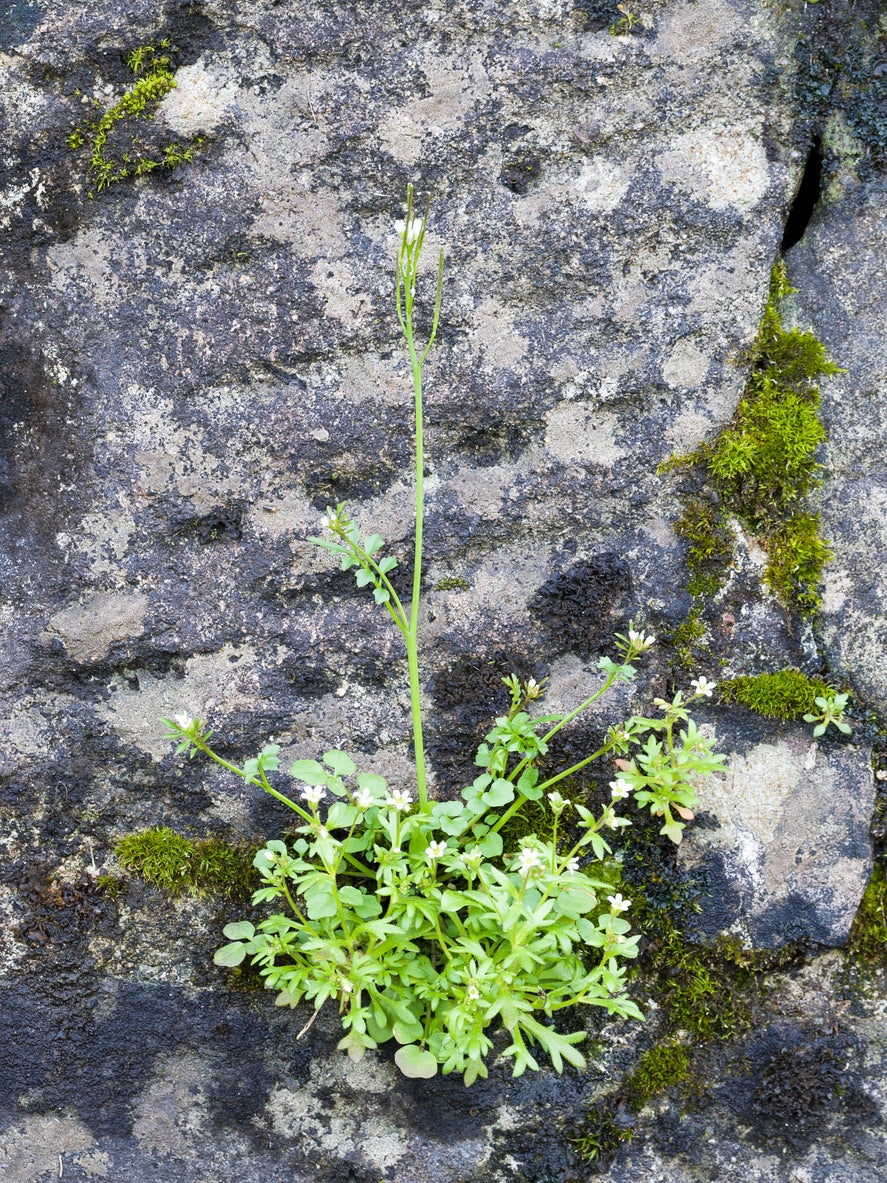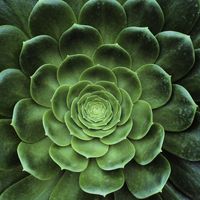Is Hairy Bittercress Edible – Learn How To Use Hairy Bittercress Weeds


There’s a good chance that hairy bittercress (Cardamine hirsuta) may be growing among your garden weeds or between sidewalk cracks. You may know it by a number of different names such as hoary bittercress, land cress, lamb’s cress, flick weed, snapweed, or shot weed.
Is hairy bittercress edible? What you may not realize as you’re hoeing or pulling weeds, is that although it may look like just another stubborn invader, hairy bittercress actually has a pungent, peppery flavor and many uses in the kitchen. The entire plant is edible, including the blooms. Let’s learn how to use hairy bittercress.
Identifying Hairy Bittercress as Herbs
Hairy bittercress isn’t difficult to spot. It grows in a basal rosette, which means the bright green leaves radiate from the base of the plant. Each stalk has between five and nine leaflet pairs.
This wild herb germinates in fall. Hairy bittercress is a hardy, frost-tolerant plant that remains green throughout the winter in most climates. Tiny white flowers appear on upright, wiry stems in early spring and continue to bloom until autumn.
Harvesting Hairy Bittercress
Foraging for hairy bittercress can be as simple as walking out into your backyard. To harvest hairy bittercress, just grab that plant at its base and pull it out of the ground. If you prefer, you can gather the leaves in one hand and cut the plant at its base.
Be sure not to harvest hairy bittercress if there’s even the slightest chance it’s been sprayed with herbicides. Remember that most gardeners view the plant as a pesky weed.
Hairy Bittercress Uses
It’s best to use hairy bittercress as soon as possible because the plant wilts quickly. Many people prefer to snack on it straight from the field, but you may want to rinse it quickly to remove dirt and grit. You may want to discard the stems, which tend to be bitter too, hence the common name.
Sign up for the Gardening Know How newsletter today and receive a free copy of our e-book "How to Grow Delicious Tomatoes".
Here are a few ideas for how to use hairy bittercress, but we’re sure there are many more:
- Sandwiches
- Soups
- Salads
- As a garnish
- Stirred into yogurt
- Sprinkled over baked potatoes
- Incorporate into hot pasta dishes
- Float a few blooms on gazpacho or other summer soups
- Roast a few sprigs with baby beetroots or other root veggies
Disclaimer: The contents of this article are for educational and gardening purposes only. Before using or ingesting ANY herb or plant for medicinal purposes or otherwise, please consult a physician, medical herbalist, or other suitable professional for advice.

A Credentialed Garden Writer, Mary H. Dyer was with Gardening Know How in the very beginning, publishing articles as early as 2007.